To Peel or Not to Peel?
Do cucumbers need to be peeled? Should you peel apples? Should you peel carrots? Here’s your trusty “To Peel or Not to Peel” Guide.

Fruits and vegetables are loaded with nutrients and usually the peels have the highest concentration of these nutrients. That’s one good reason not to peel. But I have another reason why I don’t peel some of my fruits and veggies.
It saves time.
I don’t like spending all day in the kitchen, so I try to make cooking as efficient as possible. This means that I line my baking dishes with parchment, use my food processor to shred vegetables, and I don’t peel my produce if I don’t have to.
To peel or not to peel? That is the question.
Some produce should be peeled, but others may be just as delicious left unpeeled. Here’s a list of fruits and vegetable and tips on whether to peel them or not.
Apples
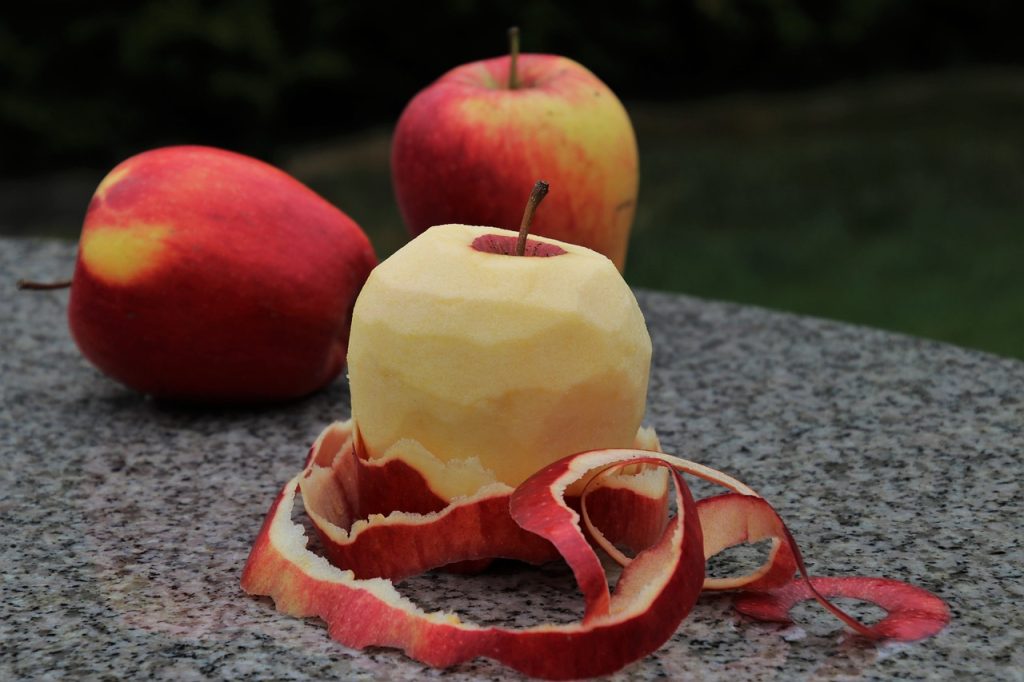
If the apples are organic, then, depending on what I’m using the apples for, I may or may not peel them.
In some apple recipes, like this AMAZING applesauce, the peel actually adds to the luscious creaminess of the final product.
Eating raw – no need to peel. (Leaving the peel on gives you 100% more vitamin C, 300% more vitamin K, 140% more vitamin A, and 20% more calcium!!)
When using apples in a pie or crisp, I usually peel them.
When making dried apples, I leave the peel on. The peel adds flavor.
If the apples are not organic, the high-pesticide residue makes peeling or the produce cleaning method described below a good idea.
Beets
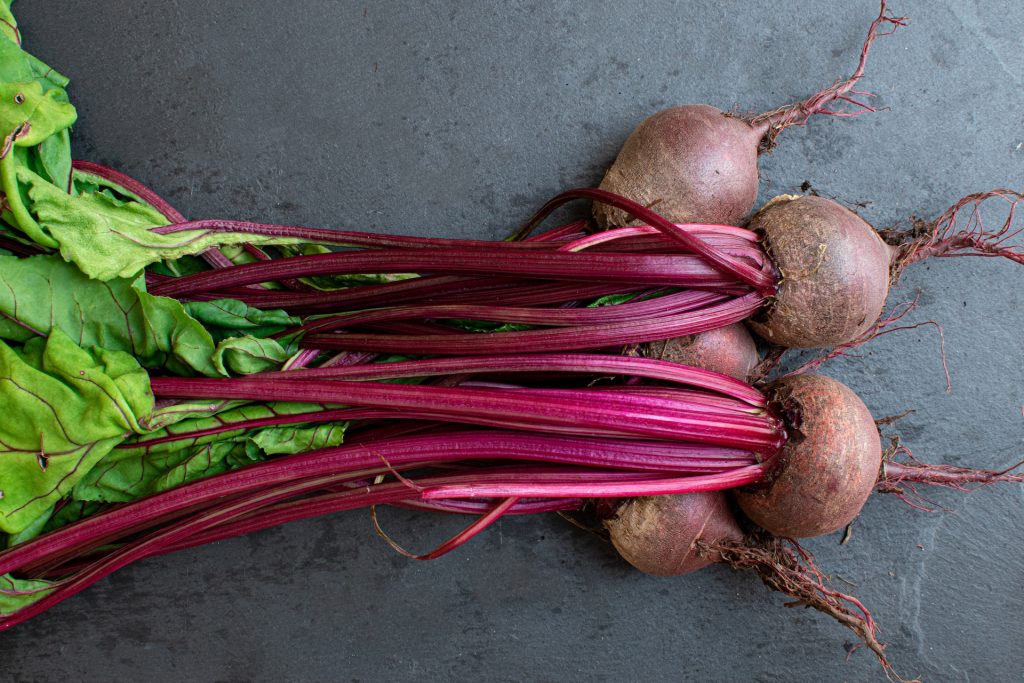
They look better and taste better peeled. You can peel them before using or you can bake/roast them first and then the peel slips right off.
Carrots
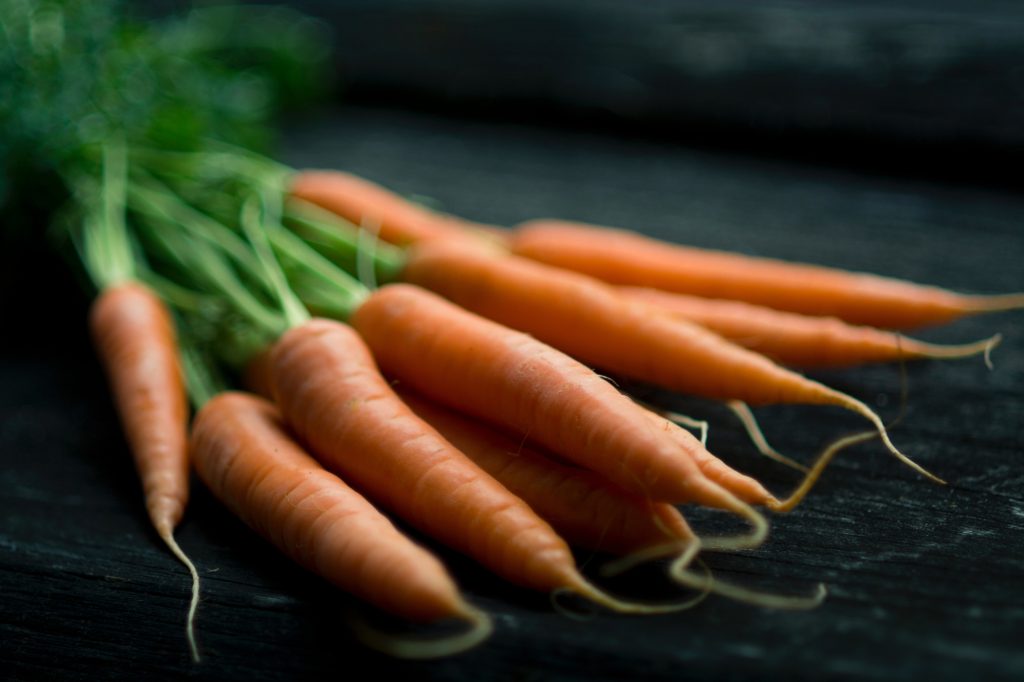
The skin of carrots is loaded with nutrients (more than the rest of the carrot) and peeling is time-consuming; so, when possible, I try to avoid peeling.
For example, I use carrots in this 5-Minute Cheese Sauce, and if the carrot is young and tender, I will forgo peeling. (Just give the carrot a scrub.) But if the carrot is large, I will peel it since the skin of large carrot can be bitter.
If I’m serving carrot sticks on a vegetable tray, I will always peel. They present nicer (and sometimes the peel will turn an off color).
Cucumbers
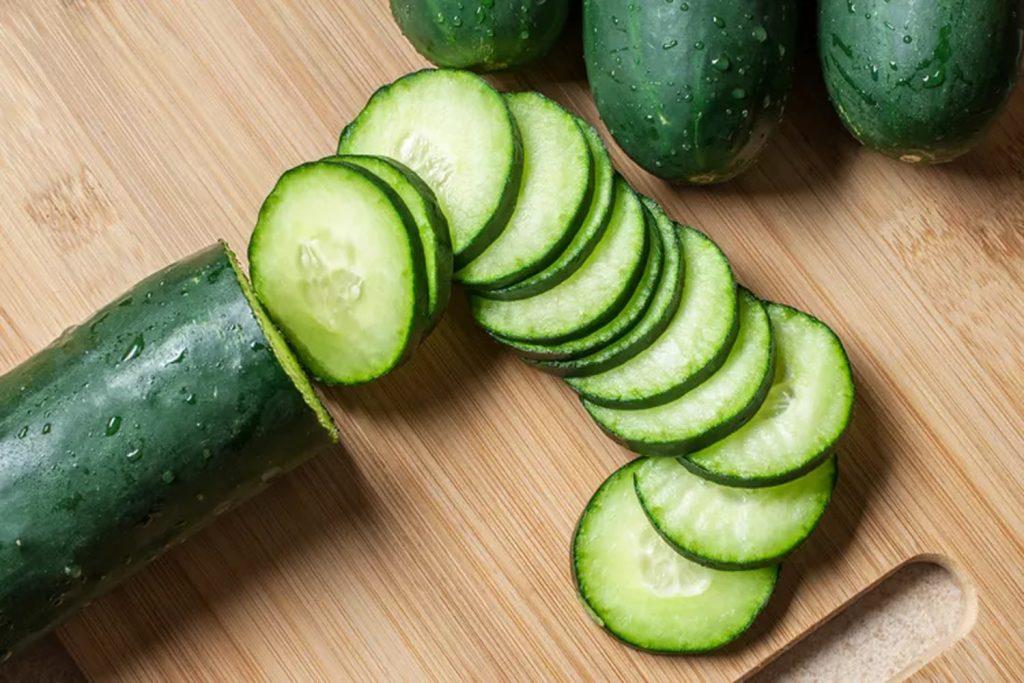
It depends.
Some cucumbers have thick skins and/or (if purchased from the grocery store) are covered with wax. In this case, I peel them.
But other cucumber varieties have tender skins that actually have a good flavor. In this case, peeling is a waste of time (and flavor).
And I always leave the peel on when I make these delicious Lemon Pickles.
Eggplant
Some dishes work out great if the skin is left on the eggplant. The exception would be if the eggplant is going to be pureed. So, in the case of eggplant, it really depends on what you’re going to use it for.
Eggplant can be peeled with a peeler. Or you can cut the eggplant in half lengthwise and bake it; the flesh will scoop out of the skin easily.
Jerusalem Artichokes (Sunchokes)
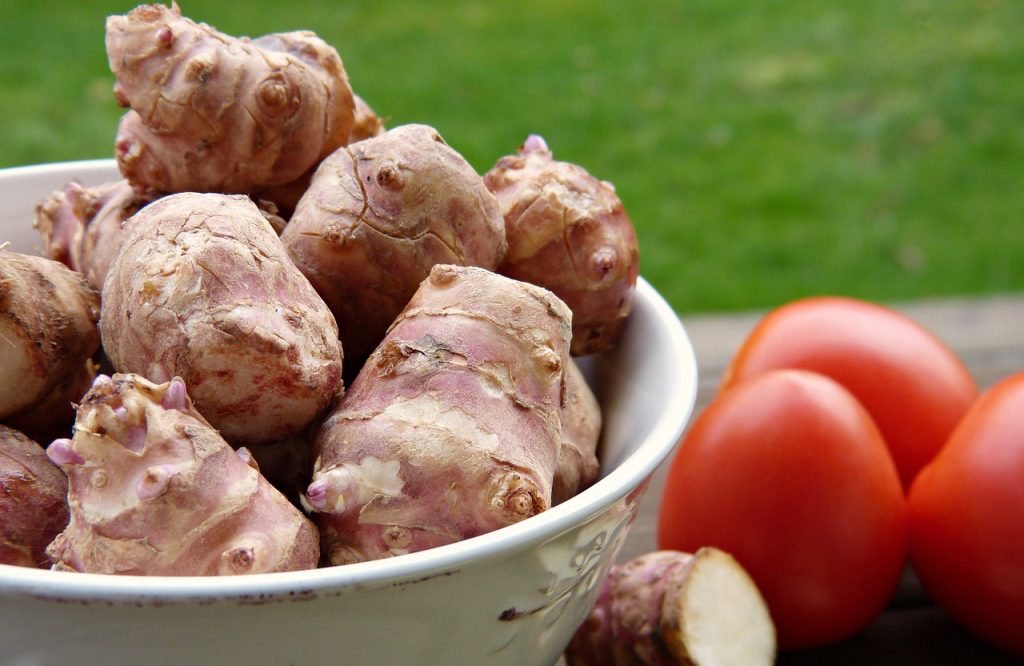
No need to peel Jerusalem artichokes (sunchokes). Just give them a good scrub.
Kiwi
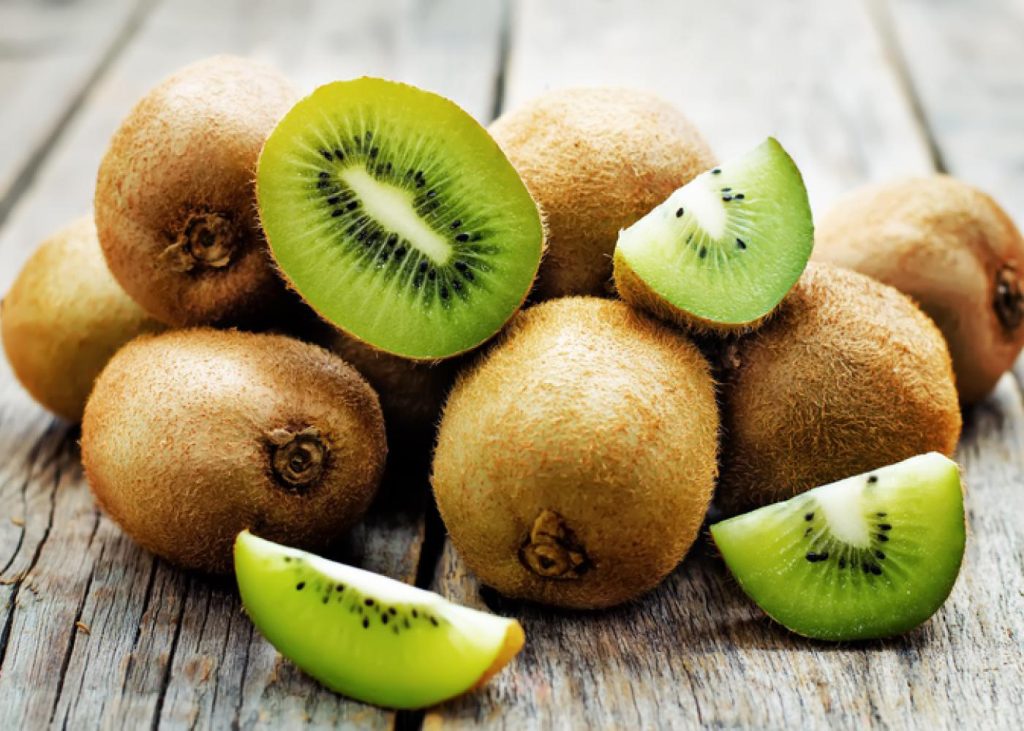
Most people peel kiwi before eating them, but the skins of kiwi are actually edible! If the thought of munching on brown furry skin doesn’t appeal to you, simply give your kiwi a good scrub with a veggie scrubber or a clean Scotch-Brite pad (<–that’s what I use) to remove the fuzz before eating.
Another option is to cut the kiwi in half and scoop the flesh out with a spoon.
Onions
Onions (except for green onions) need to be peeled before using. Here’s how to peel them quickly:
Instead of taking on the tedious task of peeling off the thin outer layer of an onion, I take my knife and cut off the top and bottom of the onion.
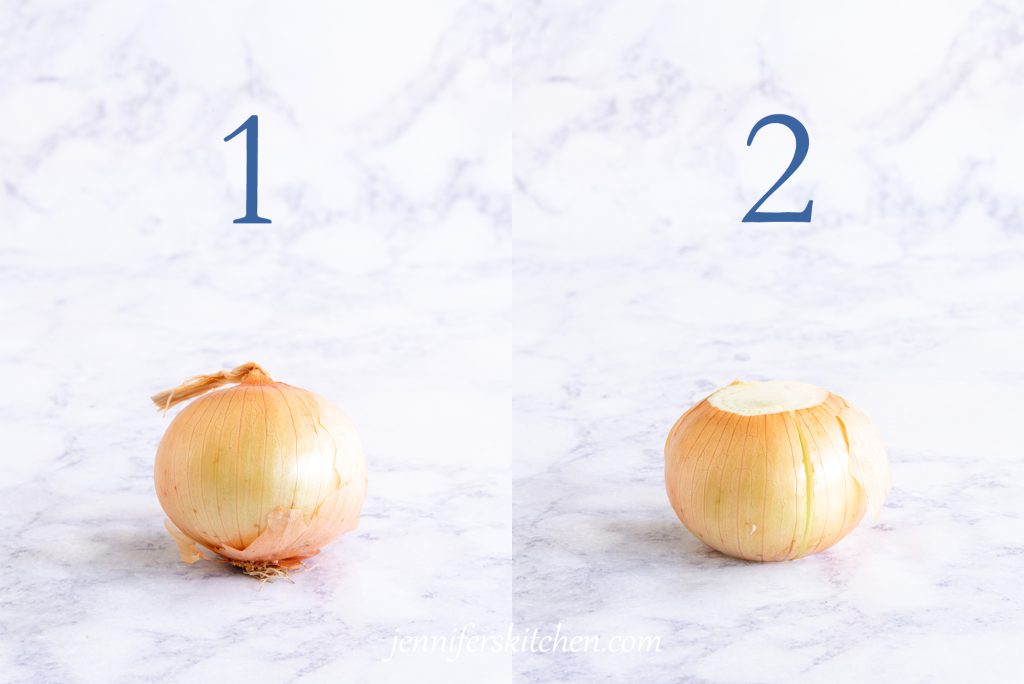
Then I make one cut into the first 2 layers (sometimes 3, depending on how thick the layers are) from the top of the onion to the bottom. After that, the outer layer just comes right off!
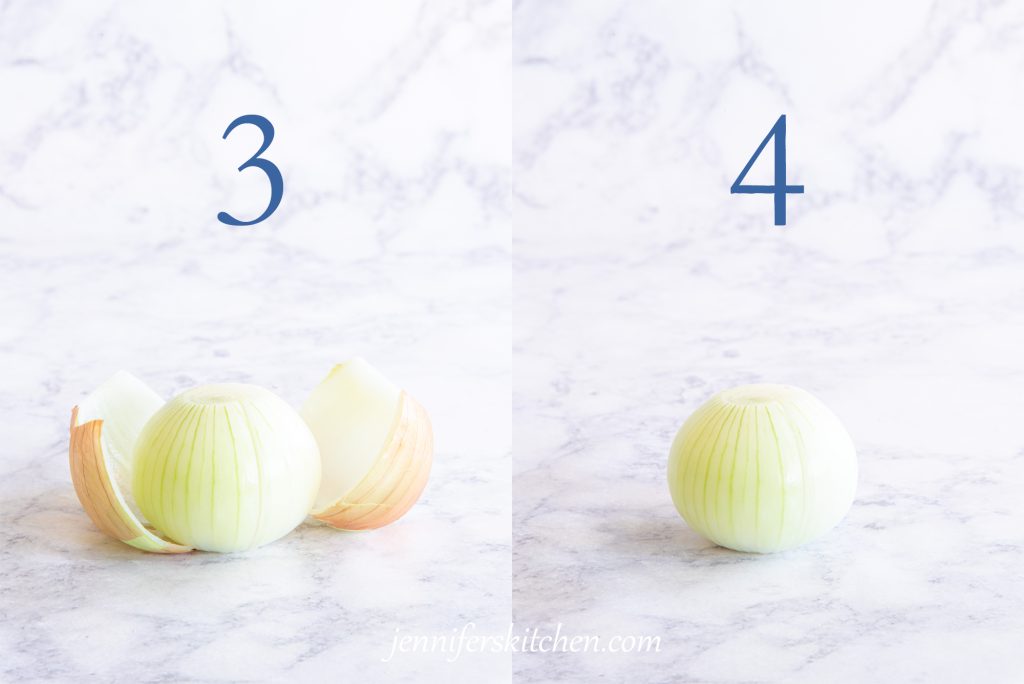
Quickest way I’ve found to peel an onion.
Pineapple
Always peel. Always.
Potatoes
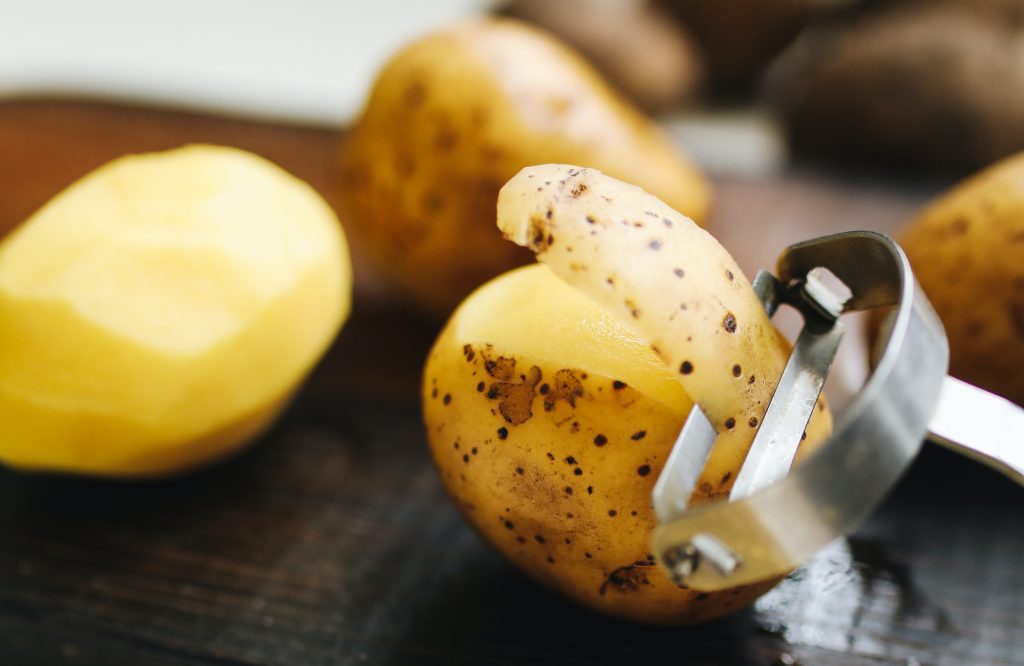
Leaving the skin on a potato gives you 170% more vitamin C and 100% more folate and magnesium.
Lots of potato recipes work just fine with the skin.
If you aren’t one to balk at a few peels, soup can be made with unpeeled potatoes, scalloped potatoes – as long as the potatoes slices are thin – are fine with the peels left on, these baked fries are great with the peels left on, and I’ve even been known to leave a few peels on (I peel half the potatoes) when making these delicious mashed potatoes.
Just be sure to scrub your potatoes well before using!!!
Squash, Summer Squash
The skin on summer squash is usually thin and tender – usually. So, it rarely needs to be peeled.
Squash, Winter Squash
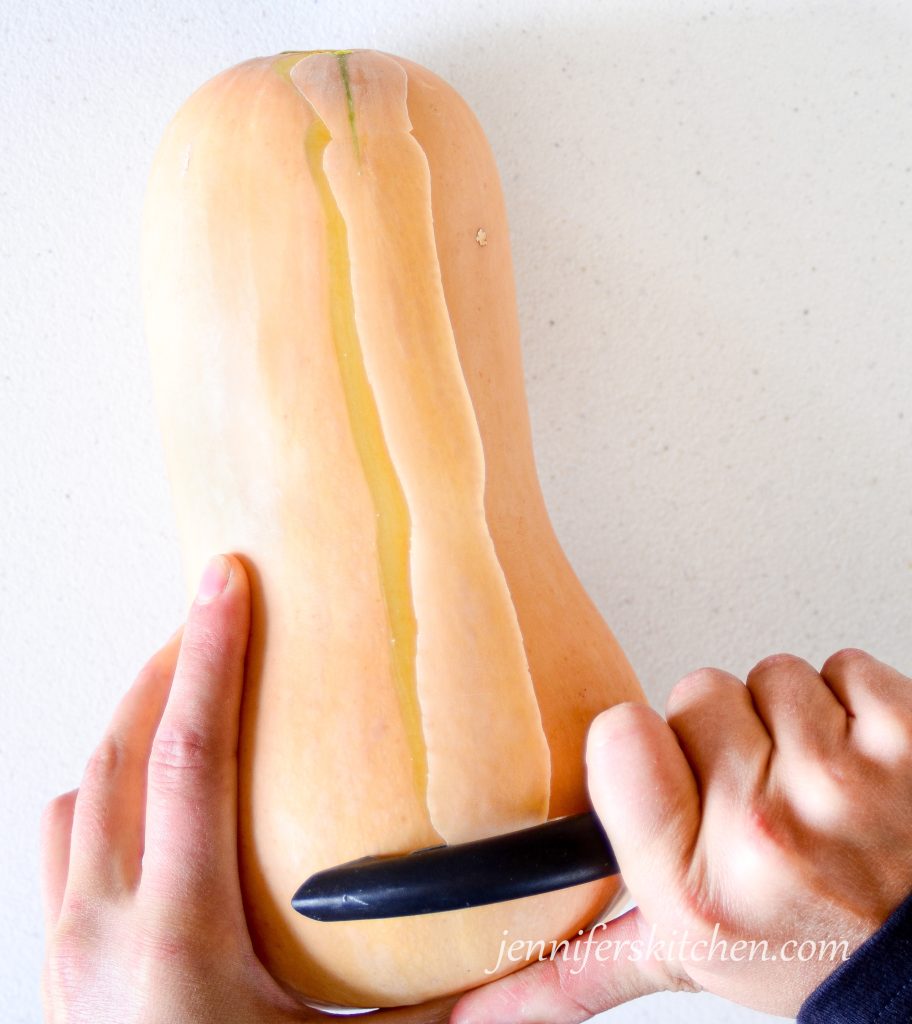
The skin of winter squash is generally quite thick and tough. If I’m making soup or roasted squash, I will peel the squash.
However, if I’m simply baking the squash, I bake it right in the skin. After it’s baked, the flesh scoops out easily.
Sweet Potatoes
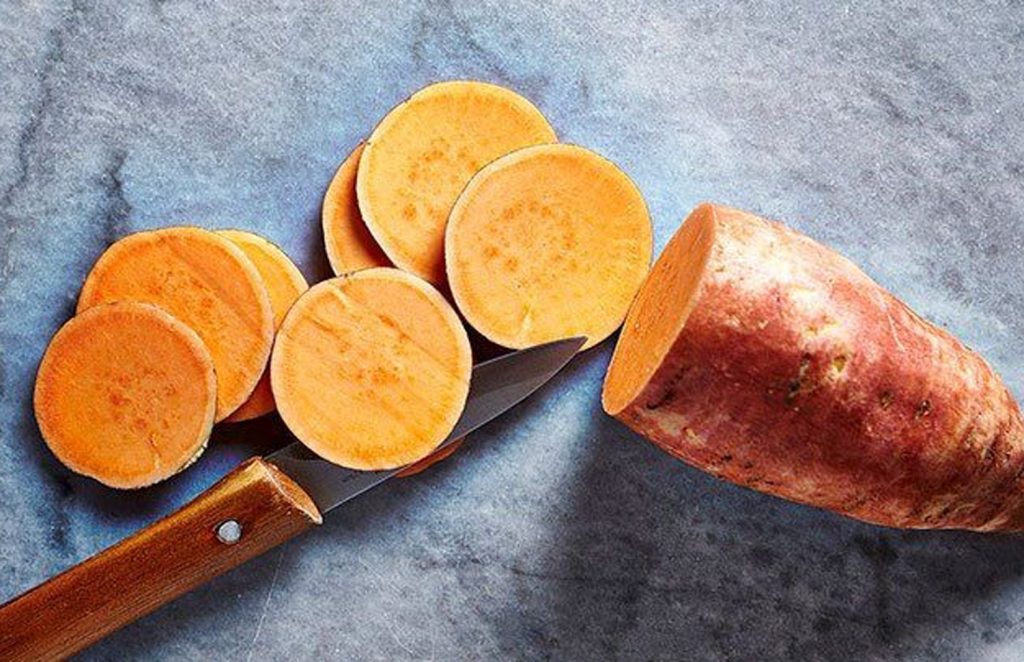
Most people don’t eat the skin of sweet potatoes, but they are actually quite nutritious and the skins of some varieties are actually quite tasty. Just be sure to scrub the sweet potato skin well before baking it.
Why you should eat the peel
Unpeeled fruits and vegetables can have up to 30% more fiber (a nutrient that helps with weight loss) than peeled fruits and vegetables.
Unpeeled fruits and vegetables can have up to 300 times more antioxidants (nutrients that fight disease) than peeled fruits and vegetables.
Removing Pesticides from Non-Organic Produce
Some experts believe that the high nutrient content in the skins outweighs the risk of consuming slightly more pesticides. Whether this is true or not, if your fruits and vegetables are not home-grown or they aren’t grown without chemicals, you’ll want to give them a thorough washing if you aren’t going to peel them. With proper washing, you can remove much of the pesticides.
Two ways to wash pesticides off your produce:
1. Place approximately 6 cups of clean water in a container. Add 1 tablespoon of salt. Soak produce in salt water for a few minutes. Rinse well with clean water.
2. Place produce in a container. Pour some vinegar over the produce. (Produce does not have to be covered with vinegar; just make sure that in your pouring vinegar touched all of the skin.) Allow to sit for a few minutes. Rinse well with clean water.
Vinegar is very effective at removing chemicals.
What is the Best Peeler?
Unless you are super talented, peeling with a knife is not only more time-consuming, but it also removes too much of the flesh of the fruits and vegetables.
A good peeler will do a better job and in less time.
How to choose the best peeler?
Y-peelers consistently outperform swivel peelers. Plus they are easier on the hands (no blisters when peeling a lot of produce). The KUHN Swiss peeler is an excellent choice. It does a fantastic job.
If you really like the swivel peelers, then the OXO peeler would be a good choice.
You my also like:
Before you go . . .
Did you know that you can eat all this delicious food AND lose weight? You can!
No calorie counting. No portion sizes.
Join my online weight loss program today!

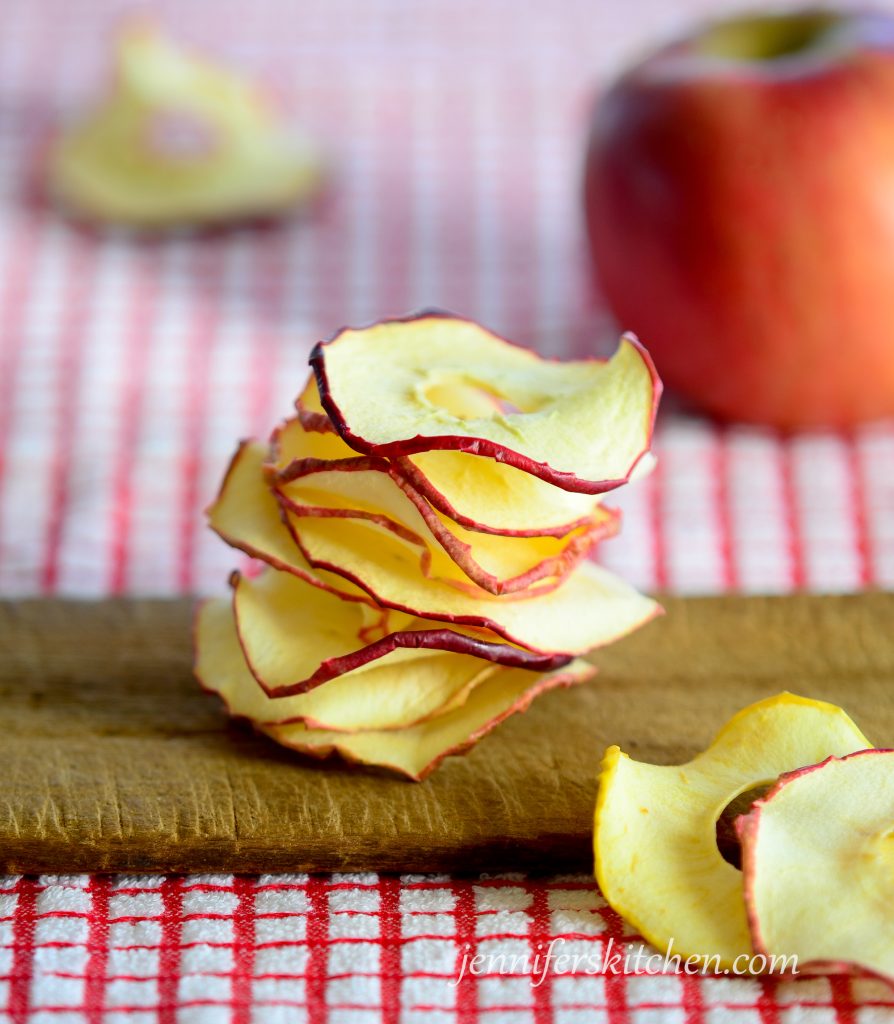
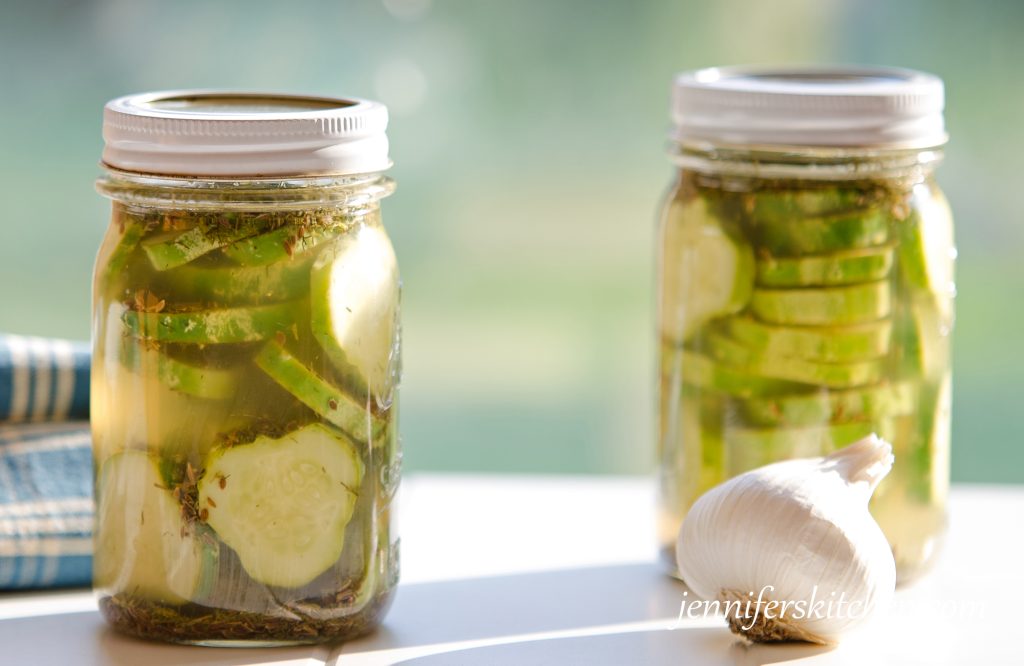

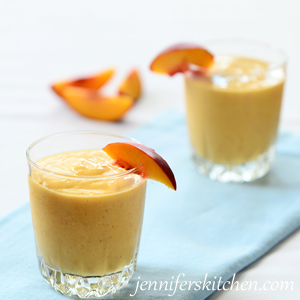
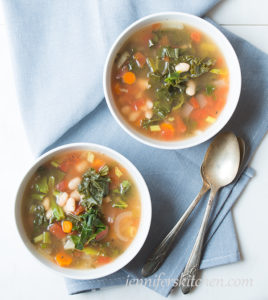
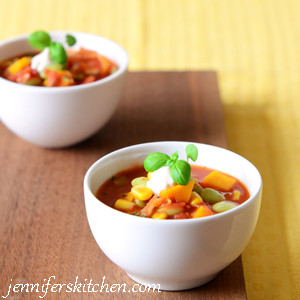

Please consider leaving a star rating and a comment. This helps others discover my recipes. Thank you! 🙂